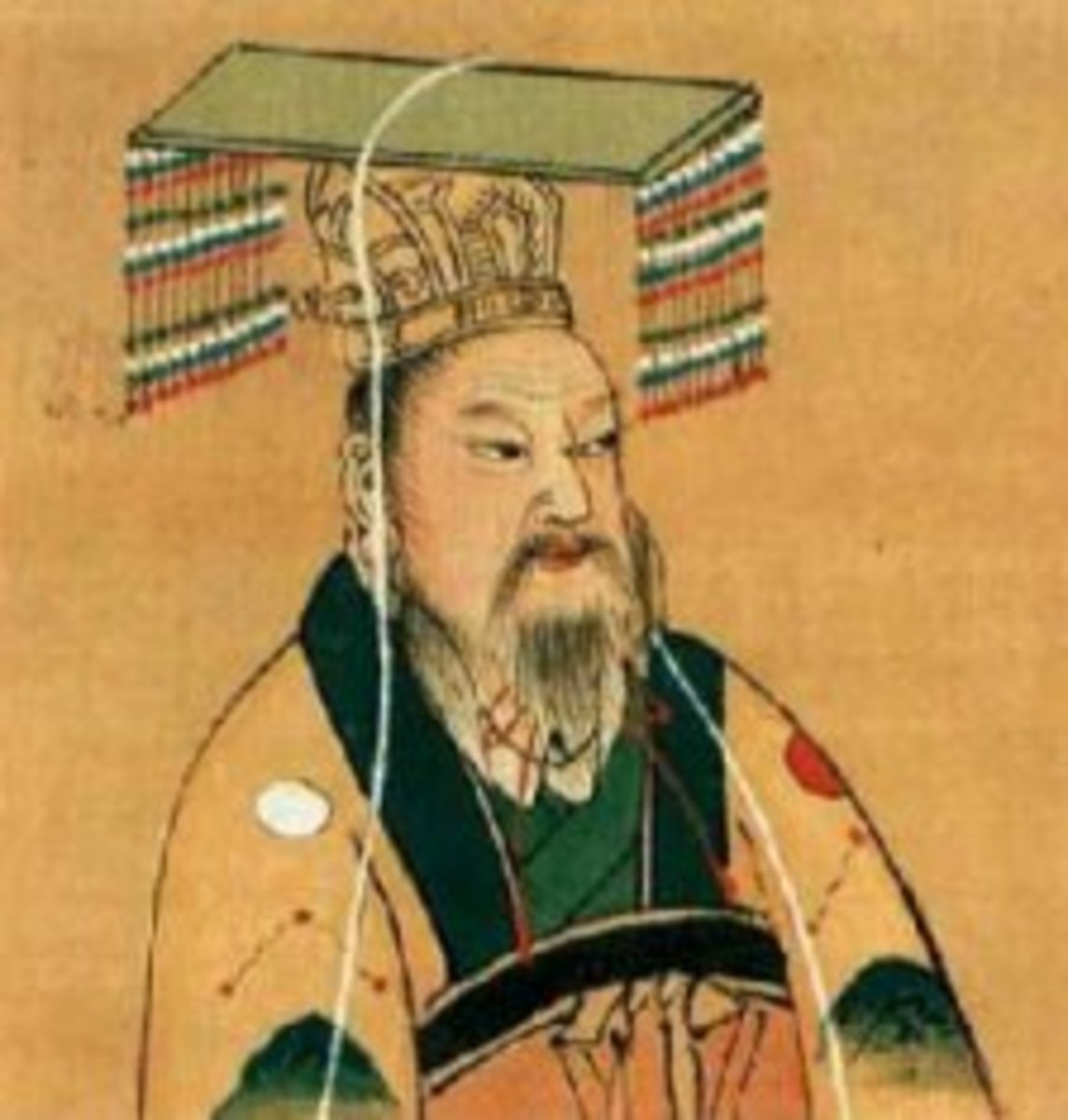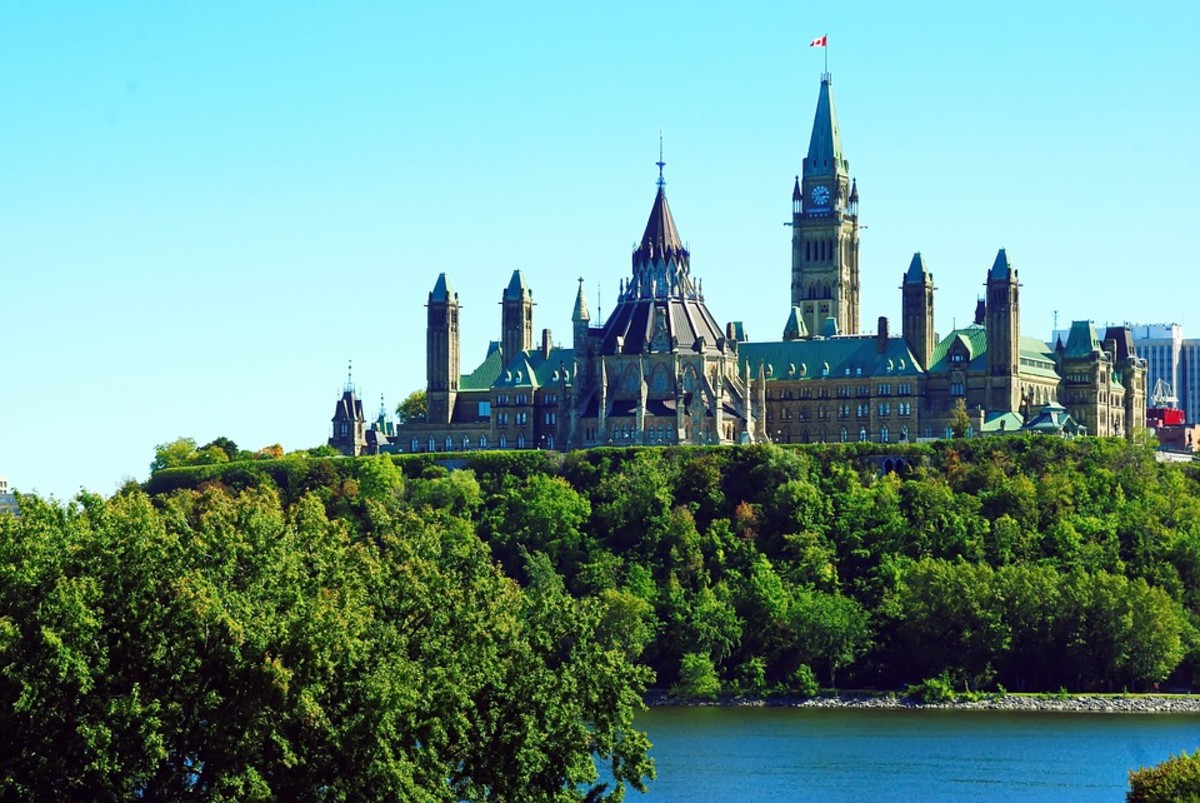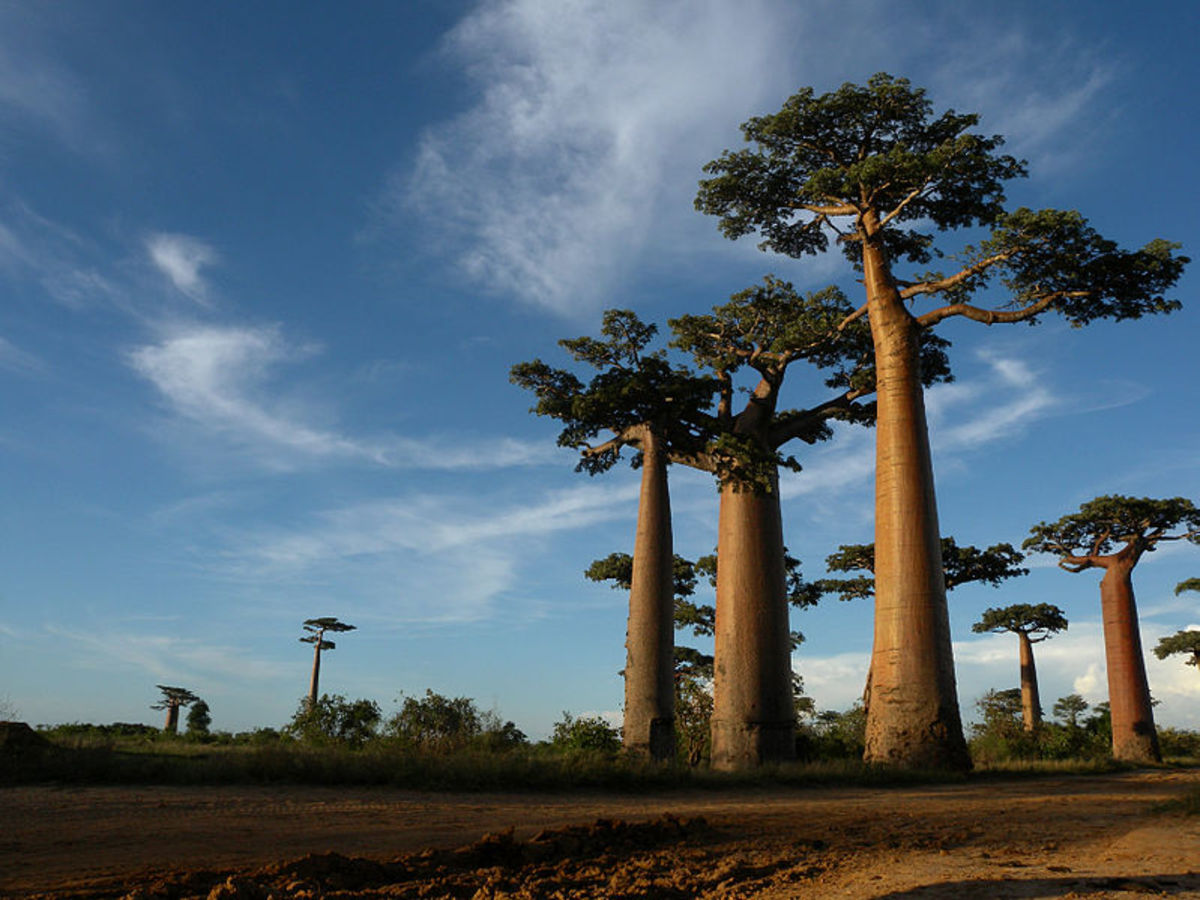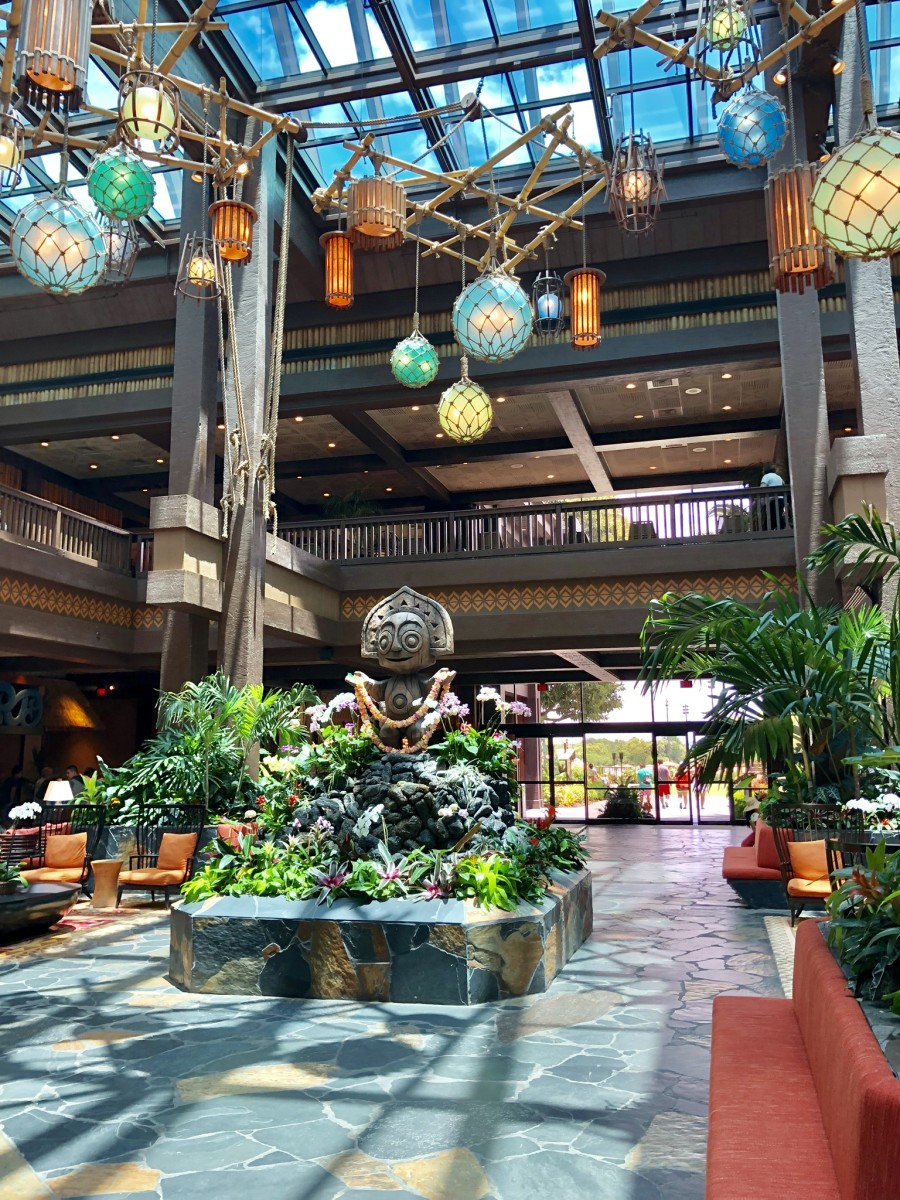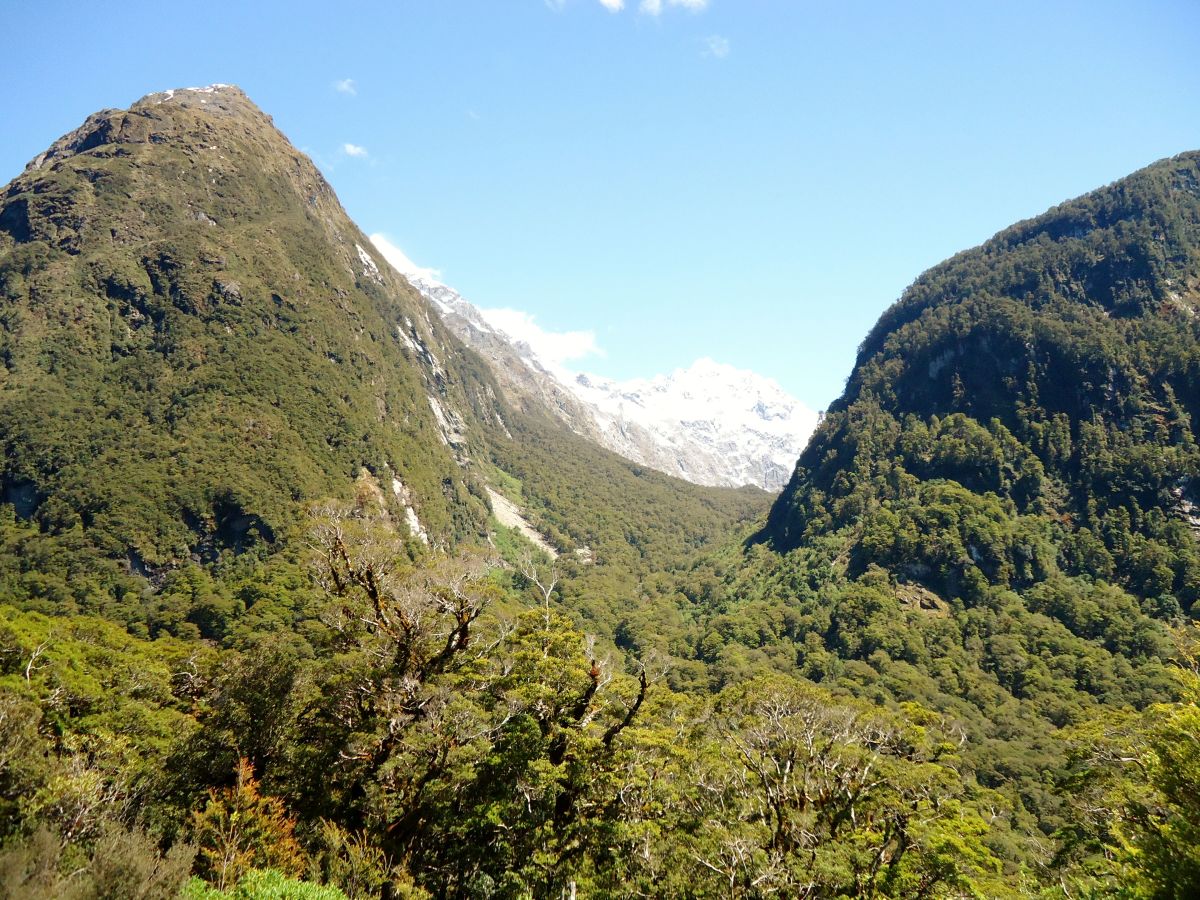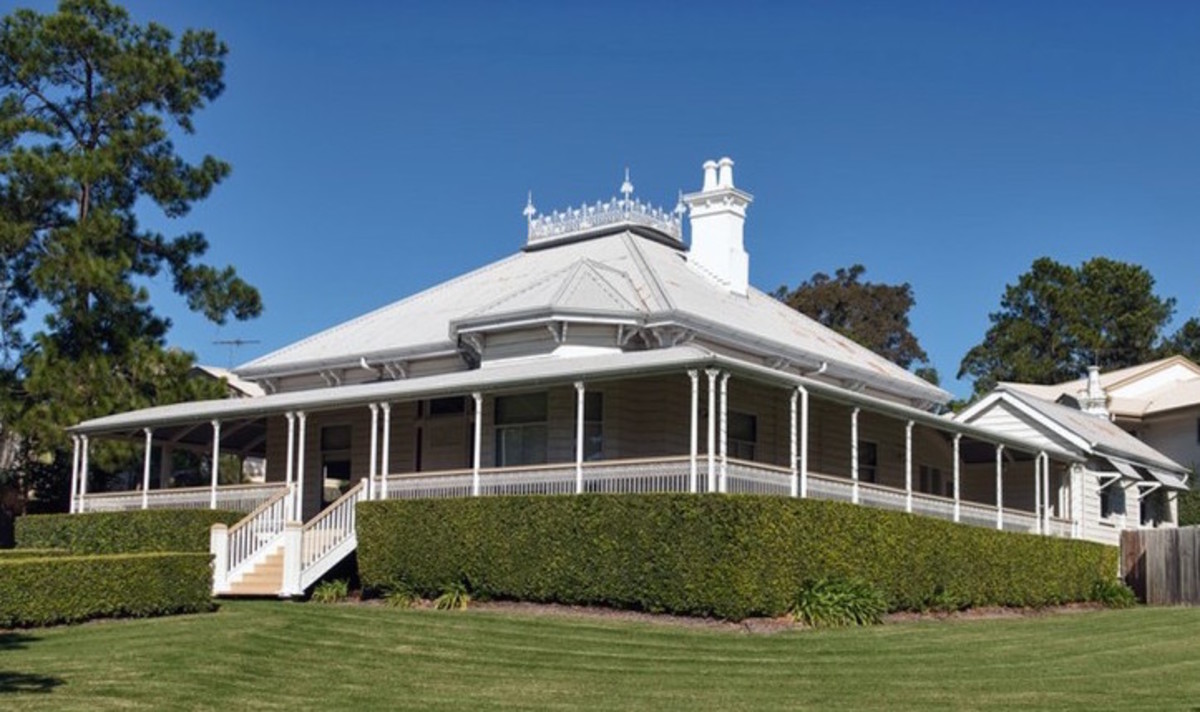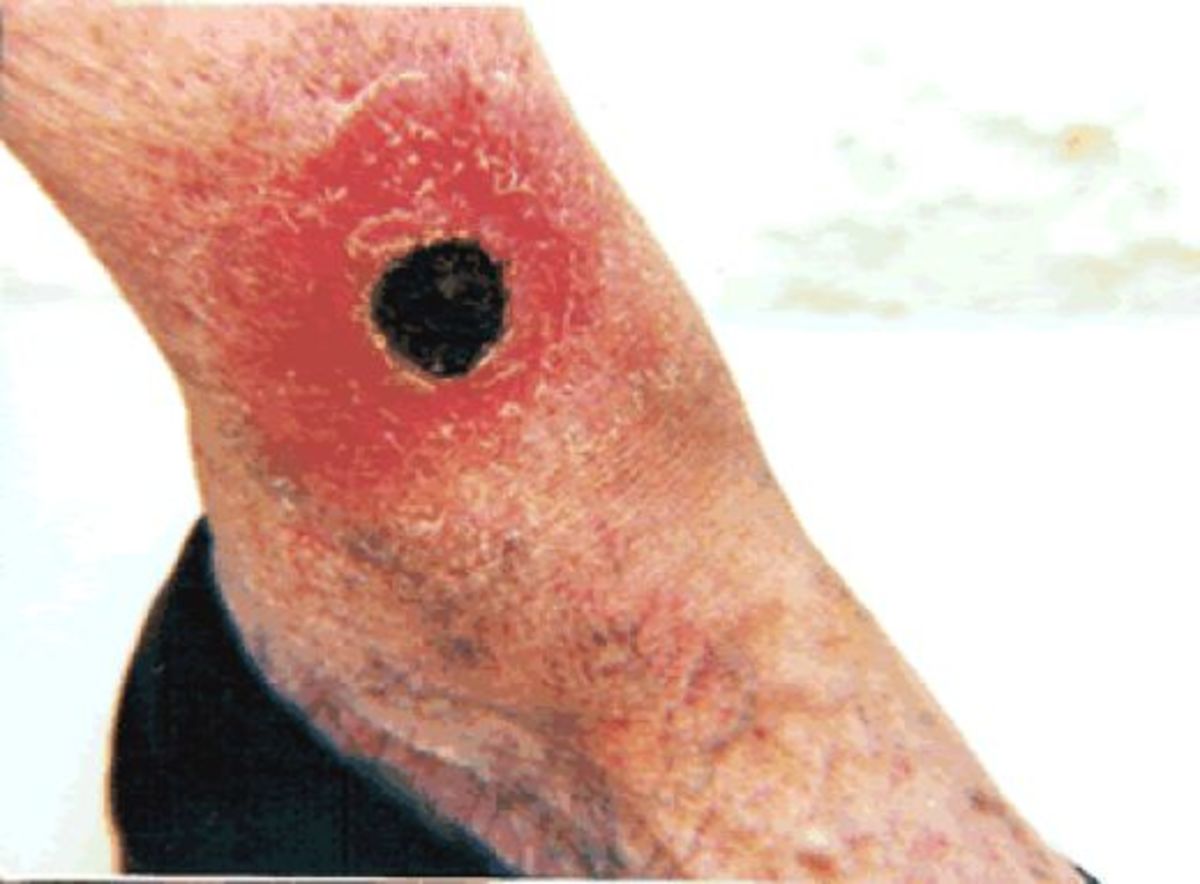World Mysteries – Easter Island Mystery
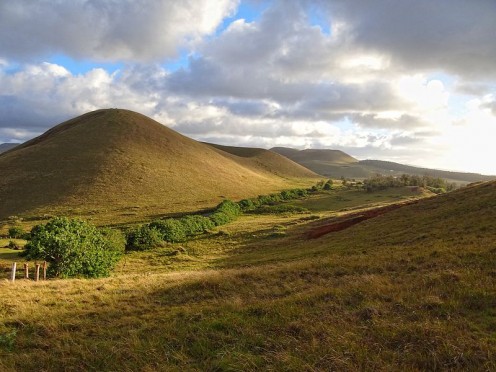
Where is Easter Island?
Easter Island is a Polynesian island with an area of 163.6 km2 and a population of nearly 6000, as per the census of 2012. This island is in south eastern Pacific Ocean. Easter Island is a remote area (only 15 miles long and 10 miles wide) with a very little population. Though it is a territory of Chile, Chile is more than 3500 kilometers away from this island. The nearest town to this island is Rikitea, on Mangareva Island and it is 2606 kilometers away.
The Polynesian name of the island, as given by the natives of the land is ‘Rapa Nui’. The name ‘Easter Island’ was given by the Dutch explorer, Jacob Roggeveen, who discovered this land on an Easter Sunday of 1722. This island is famous because of the 887 monumental statues (called ‘moai’) found scattered throughout the island.
Several mysteries are surrounded about this land and many theories were put forwarded by the researchers and historians as an explanation to these mysteries. But still there are many issues for which the scholars could not arrive in unanimous decisions. Some of them are:
- Original mainland from where the natives of this land were migrated?
- What was the meaning of the massive stone human statues (moai) on the island?
- Who built these moai statues and why and how did they get there?
- How did they transport and erect these multi-ton (some of the statues were 33 ft. tall and had a weight up to 82 tones) statues?
- How did they learn the method to write, while the skill of writing was unknown to the Pacific Islanders and the American Indians at that time?
- Why and how the people of this island were almost disappeared in the seventeenth century after leading a prosperous life for nearly 1000 years?
Many scholars and historians have studied about these mysteries and many theories were published by them. But a unanimous decision is not arrived in many of the above unsolved problems. Studies and researches are still going on, but many mysteries are still remaining unsolved.
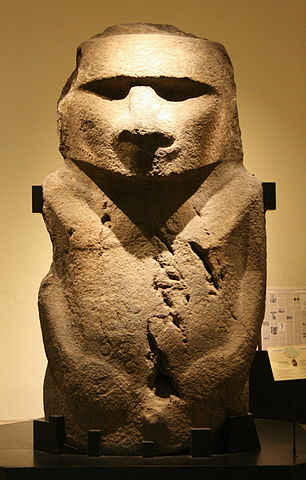
Early Inhabitants of Easter Island
It is widely believed that the natives of the island were the Polynesian seafarers, who came through the ocean after traveling thousands of miles in their canoes. Polynesians were very expert sea travelers and they had their own methods for finding the right path in the sea and recognizing the direction of the land mass before seeing the land from the sea. Their techniques were based on the movements of stars, sky, sun, rain clouds, birds etc. Because of this expertness in the sea voyage, Polynesians were able to travel great distances successfully through the oceans in their small canoes.
The inhabitants of the Easter Island were recognized as two types; one type was with long ears and the other type was with short ears. Most of the statues found on the island were with long ears, so it is believed that the people with long ears were the rulers and the people with short ears were the subordinates. Some scholars believe that the people with long ear were Peruvians and the people with short ear were Polynesians; but this belief was not accepted or shared by other historians.

Easter Island Facts
Polynesians first arrived on Easter Island in 400 A.D. The population of the land was increased during the period 1000 A.D. to 1680 A.D. At the peak of the time, the population of the island was nearly 15,000. The geographical set up of the island was not supported large scale agriculture and also there was a grave problem of the non-availability pure water in sufficient quantity. But the inhabitants were engaged in some agriculture activities for growing food items and they also ate fish from sea, fruits from the trees and meats of birds.
Sweet potatoes were the main food items of these people. But the actual origin of sweet potato is America and nobody knows for certain about how this item came to Easter Island. The nearest land mass of America is Chile and it is more than 3500 kilometers away from Easter Island. Many explanations were given by the researchers about the presence of sweet potato on the island. Among them one reasonable explanation is that the Polynesians sailed as far as South America as part of their customary sea voyage for exploration, and because of some unknown reason, they have to return to south Pacific (Easter Island) carrying the sweet potato with them.
DNA tests done form the 12 samples taken from the graves of the island have shown that the inhabitants were Polynesians and not American Indians. American Indians were not capable to complete a sea voyage to Easter Island at that time because they have no expertise in sea travels as the Polynesians. Then also how these sweet potatoes reached on the island is still remaining as one of the unsolved mysteries of all time.
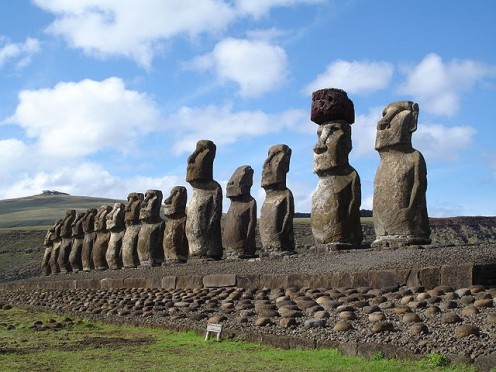
Moais or Colossal Stone Statues of Easter Island
A total of 887 statues were discovered on the island. These statues were carved out of the top edge of the walls of a volcano on the island. After the completion of each statues, they were transported to the locations where they were found, using some mode of transportation. Most of these statues were arranged in a line, looking towards the center of the island and facing away from the sea.
Different opinions were published by the researchers about the transportation techniques used for this purpose by the natives. Since these statues were very heavy, the mode of transportation used by the islanders (the statues were moved up to 18 kilometers from the place of their work) is a hot topic of discussion and controversy among the historians. The largest of these statues is ‘Paro” and it is 33 ft. tall and have a weight of 82 tons.
Some theories explain that ropes, made of ancient grass on the island, were wrapped around the statues and a large group of men pulled it to the destination. This process was difficult and time consuming; sometimes each of these statues had taken a few days’ time to reach its destination.
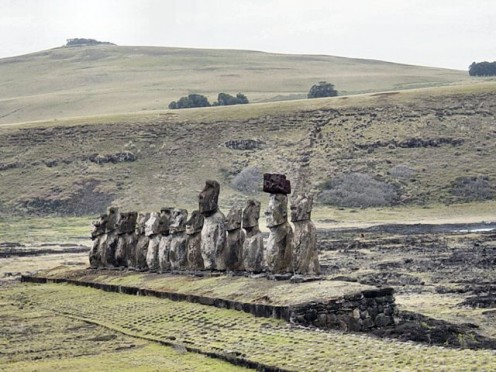
Purpose of the construction of these statues was also unknown. Some historians explained that these statues were created by aliens or by the influence of aliens. But this theory did not get enough support among scholars. Since the construction of the colossal statues needs the support of a large number of people, the purpose of the statue building may be to fulfill some religious belief.
The stones used for the construction of the statues were from the extinct volcano on the northern side of the island. The natives had the habit of using some pigments to paint themselves for rituals and ceremonies and the same pigment was used to paint these statues also. These people were accustomed to the usage of some kind of writing and they had carved some petroglyphs on the front side and on back side of the statues. The mysterious factor here is that, though art of writing was known to the inhabitants of Asia at that time, Pacific Islanders and American Indians were unaware about this skill at that time.
A statue named as ‘Takuturi’ was found on the island in a kneeling position and it even has a beard. This statue is very small compared with the other statues and facial features were also distinct from other moai. The stone used for its creation is different from the stones used for other moai. Sometimes this unique statue may be the result of some experimentation with new carving techniques. The creation and erection of the statues were completely stopped after 1600. The last moai was believed to be erected in 1620.
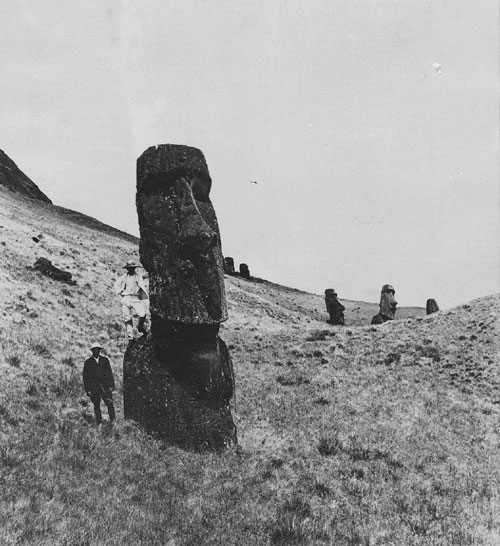
Downfall of Easter Island
After the 1600 A.D., 122 years before the invasion of the Dutch exploration team, the Easter Island underwent some radical changes. Deforestation, soil depletion and erosion were occurred causing devastation of the ecological balance of the island. Finally the resource of the land became exhausted and for the survival, the islanders opted to cannibalism. The people began to eat each other and that became one of the major reasons for the speedy extinction of the population of the island. The group works for the construction of the statues were abandoned and many statues were overturned.
Many scholars believe that the destruction of palm trees in large scale for different purposes were the major cause for the deforestation of the area. Palm forests were destroyed for the agriculture purposes and for the transportation of the moai. They used firewood for cooking and for keeping warm on winter nights. They may have also used many wooden logs cut down from the trees to transport these moai from one place to another.
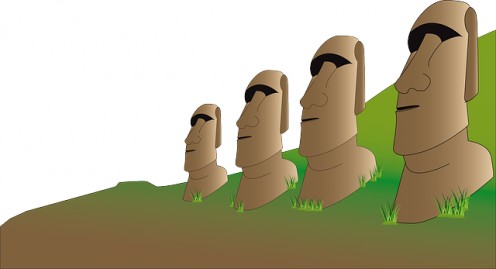
The deforestation made the birds to become extinct; they had lost their dwelling places and food supply (fruits from the trees). The elimination of the forest may have reduced the quantity of the rainfall also. Culture and social set up were collapsed, civil war broke out between the rival factions (between long eared people and short eared people) and the practice of cannibalism prevailed for the survival as a result this social situation.
Evidence of many skulls found in a ditch gave the confirmation to the scholars that during the war, the short eared people chased the long eared people to this ditch and burned them. Most of the skulls found in this ditch were of long eared people.
When the Dutch explorers discovered the Easter Island in 1722, the population was only below 3000 and the natives were almost naked at that time. The culture of Rapa Nui was wiped out after the European invasion and the new illnesses such as STD, TB have brought down the original population of the Rapa Nui to 111 in 1822. Many natives were also captured by the foreigners for working as slaves.
The current population of Easter Island is nearly 6000 as per the census conducted in 2012. But most of these people have no connections with the original Rapa Nui people. UNESCO named Easter Island as a ‘World Heritage Site’ in 1995.
Test Your Knowledge about Easter Island?
view quiz statistics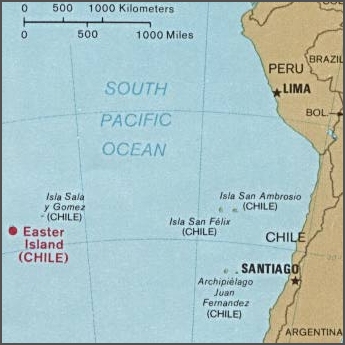
Comparing the Situation of Easter Island in 17th Century with Our Planet’s Present Situation
The extinction of the culture and population of the Easter Island was occurred about two or three hundred years ago because of the mismanagement of the natural resources and also because of the isolated location of the island. They were unable to get any help in their tragic situations because of the isolated location of the island.
In our modern world also, mismanagement of the natural resources is in full swing in every area of Earth for the improving the living condition of the present population. Deforestation is going on in large scale, overfishing or hunting the animals even by upsetting the natural breeding process of the new generation, mining activities in large scale for oil and for other minerals etc. will alarmingly affect ecological balance of our planet. Here also, our planet is alone in the space, without another place to go for help. If we continue to encourage such activities that are disturbing the natural balance of the planet, we can also expect the same fate of the people of Easter Island in a very near future.




